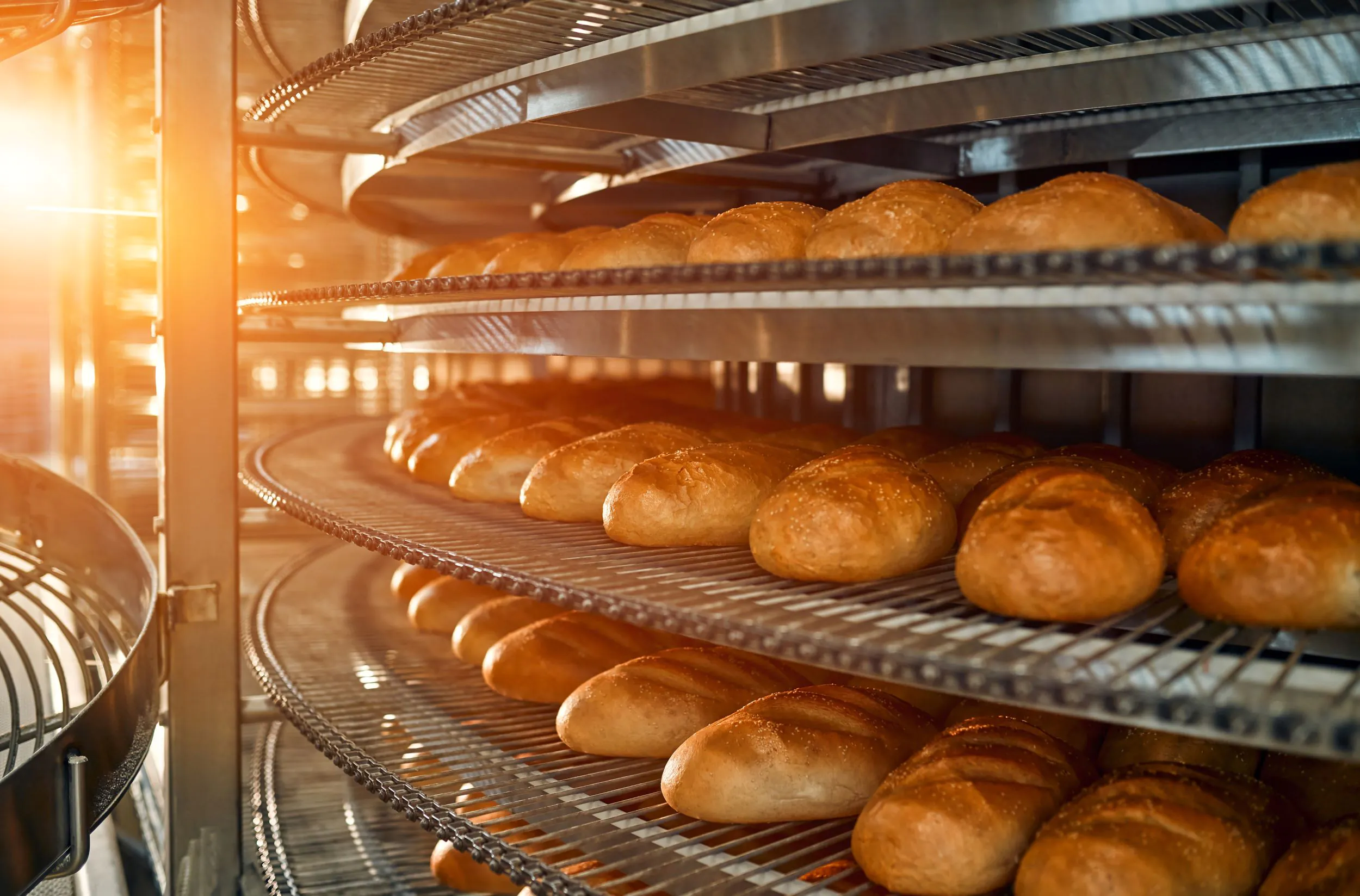Chocolate bars have been getting smaller in the UK, creating public outcry and even petitions (a petition to the government was taken down, on the grounds that it’s really not the government’s problem). While Toblerone’s recent redesign of its iconic chocolate bar earned it worldwide attention and displeasure, other sweets have been downsized a little more quietly. Now chocolate bar sizes are threatening to shrink again thanks to several new developments, much to consumers’ dismay, as chocolate consumption in certain parts of the UK remains high.
The first of these reasons is an event that’s been hanging over the region for months now: Brexit. Chocolate giant Cadbury has stated that while it intends to remain in the UK after Britain’s departure from the EU, it may be forced to either raise the prices or reduce the sizes of its products. While the company will first attempt to increase productivity in order to counteract potential cost increases, it has warned that customers may end up bearing some of the costs. Cadbury has promised not to change the quality or taste of its chocolate, but this means that changes will likely need to be made elsewhere instead.
Mars has also stated that its prices may rise if the UK does not make a favorable trade deal with the EU, as tariffs could be as high as 30%. That cost would be too great for the company to absorb, and would need to be passed on to customers. Depending on the UK government’s priorities, the food and beverage industry may not receive as much focus in negotiations as other industries such as finance, and may therefore be left with considerably higher expenses than previously.
Another development that may impact chocolate bar sizes is a recommendation from Public Health England (PHE) to reduce sugar in the snacks that children most commonly eat. PHE is making efforts to reduce obesity by attempting to cut sugar by 20% in these snacks. The confectionery industry has stated that it would be challenging to reduce sugar without compromising flavor, which has led PHE to recommend cutting down on the size of snacks instead.
According to PHE, making changes to nine food groups could result in 200,000 tons less sugar in snacks and meals yearly by 2020, potentially reducing the number of overweight children by 20%. However, because this is a recommendation and not something that can currently be enforced, these targets may be difficult to meet. While some companies are already working to reduce sugar, others are less cooperative, or unable to find an acceptable way to comply. PHE does not want to force compliance and face unnecessary legal arguments, and will only consult the government about further actions if it finds that not enough progress is being made. The organization plans to publish a list of the top 20 products consumed by children, along with their sugar levels, in order to promote transparency and encourage companies to follow its recommendations.
Between these new developments, the recent recession, and rising ingredient and transport costs, UK consumers are likely to see their favorite snacks continue to shrink. The future of chocolate sizes and prices will remain uncertain, however, until a trade deal is struck with the EU and manufacturers know what their costs will be going forward. Chocolate manufacturers will need to find a balance between price, size, and sugar content that will satisfy both their needs and the demands of consumers, and will have to keep an eye on ongoing Brexit talks and conflicts.
If you’re looking for business partners, whether in the food and beverage industry or elsewhere, BizVibe has you covered. Register today and gain access to thousands of suppliers, manufacturers, potential customers, and more from around the world.



